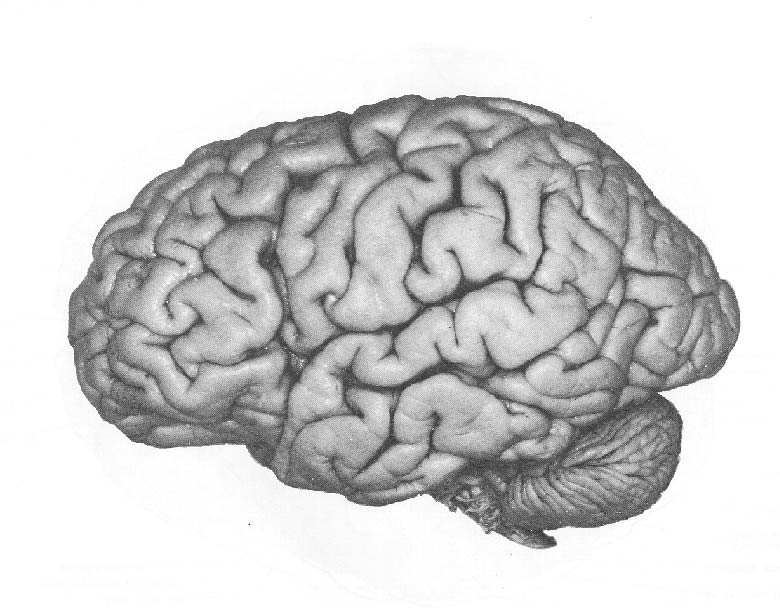


The Metencephalon houses many ascending and descending tracts and part of the reticular formation. These structures create a bulge, called the pons, on the brain stem's ventral surface. The pons ("bridge" in Latin) is the bridge to the cerebellum. It has many millions of neural fibers which cross the base of the brain stem, connecting to locations in the cerebellum. The cerebellum (meaning "little brain") is the large, convoluted structure on the brain stem's dorsal surface. The cerebellum is an extraordinarily complex structure which though smaller than the cerebral cortex probably has even more neurons. It has long been believed to function primarily for motor coordination, but recent studies indicate that it also is an important sensorimotor structure. Cerebellar damage eliminates the ability to precisely control one's movements to adapt them to changing conditions. Although the metencephalon surely plays a role in the precise movements of the tongue and lips required for language production, it is generally an unimportant structure with regard to the study of language and the brain.
Go to Menu (for non-frame version.)
© 2000 Rice University. This document, or any portion hereof, may be used for non-commercial informational purposes only. Any copy of this document, or portion hereof, must include the copyright notice (http://www.rice.edu/about/cr-notice.html) in its entirety.